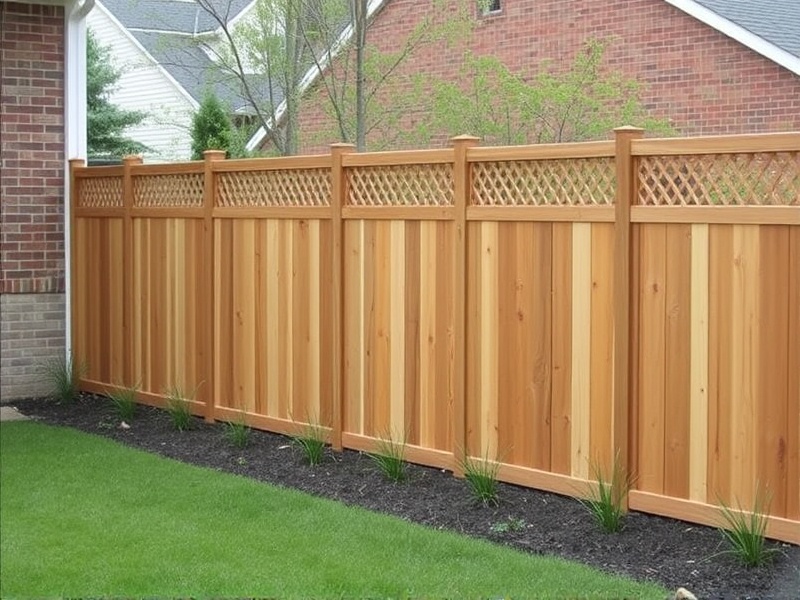Our Location
304 North Cardinal St.
Dorchester Center, MA 02124

When it comes to choosing between a composite or wood fence, one of the most critical factors is durability. Composite fencing is made from a combination of recycled wood fibers and plastic, which makes it highly resistant to weathering, rotting, and insect damage. This material can last up to 20 years with minimal maintenance. On the other hand, wood fences, although beautiful, require more upkeep due to their susceptibility to decay, warping, and termite infestation. A well-maintained wooden fence can last around 10 to 15 years. [1]
Maintenance is another key consideration when choosing between composite and wood fences. Composite fences require less maintenance than wood fences. They do not need painting or staining and are resistant to fading and discoloration. Regular cleaning with soap and water is usually sufficient to keep them looking good. In contrast, wood fences require periodic painting or staining to protect against moisture and UV damage. Additionally, they need regular inspections to check for signs of wear and tear that might require repair. [2]
In terms of cost-effectiveness, composite fences tend to be more expensive upfront compared to wood fences. However, they offer long-term savings due to their longevity and low maintenance needs. The initial cost of a composite fence can range from $15 to $25 per linear foot, while a wood fence can cost anywhere from $10 to $20 per linear foot. Considering the lower maintenance costs over time, composite fences often prove to be a more economical choice in the long run. [3]
Aesthetic appeal is subjective and largely depends on personal preference. Wood fences offer a natural, warm look that complements many landscaping styles and provides privacy and security. Composite fences, while not as customizable in terms of texture and color, still come in various styles and can mimic the appearance of wood without the associated maintenance. Both materials can enhance the curb appeal of your property, but the choice should reflect your specific style preferences and the overall design of your home. [4]
Choosing the right fence material involves considering several factors such as climate, neighborhood regulations, and personal preferences. In areas with high humidity or frequent rainfall, composite fences may be a better option due to their resistance to rot and insects. If you live in a neighborhood with strict homeowners’ association rules, consult local guidelines to ensure compliance. Lastly, consider how much time and effort you are willing to invest in maintaining your fence; this will help guide your decision towards either composite or wood fencing. [5]
Fence.com: Composite vs. Wood Fencing
Bob Vila: Wood Fence Maintenance Tips
ContractorTalk: Average Cost to Install Fence
This Old House: A Look at the Various Materials for Fencing Your Yard